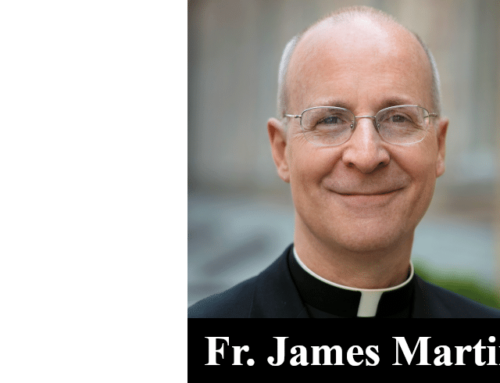Catholic League president Bill Donohue comments on a piece in today’s New York Times by Adam Liptak:
When two men want to get married, they call it “same-sex marriage,” but how many of us have heard of marriage being labeled “opposite-sex marriage”? Well, that’s exactly the way the New York Times is playing it. Referring to attorney Charles J. Cooper, who is pressing the case against recognition of gay marriage, Adam Liptak writes, “The government should be allowed to favor opposite-sex marriages, Mr. Cooper said, in order ‘to channel naturally procreative sexual activity between men and women into stable, enduring unions.’”
A Lexis-Nexis search shows this is only the tenth time the New York Times has ever used the term “opposite-sex marriage,” and only the fifth time it appeared in a news story (some columnists and letter writers have employed it). The first time anyone appears to have used this term was in the 1990s: an editorial in the St. Louis Post-Dispatch in 1994; a Yale Law Journal article that same year; an article by Andrew Sullivan in 1996 in the New Republic; and so on. Which raises the question: Is this the start of one more round of corrupting the English language?
Here’s how it will play out in the classroom: kindergartners will be told that some adults choose same-sex marriage and some choose opposite-sex marriage. There is no moral difference—it’s just a matter of different strokes for different folks. Not mentioned, of course, will be that some male-on-male sex practices are dangerous. Nor will it be pointed out that only so-called opposite-sex marriages are capable of reproducing the human race. In other words, the kids will be lied to about what nature ordains.
The politicization of language is nothing new, but this latest entry is particularly disturbing. Marriage means one thing, and attempts to make it a smorgasbord are pernicious.






